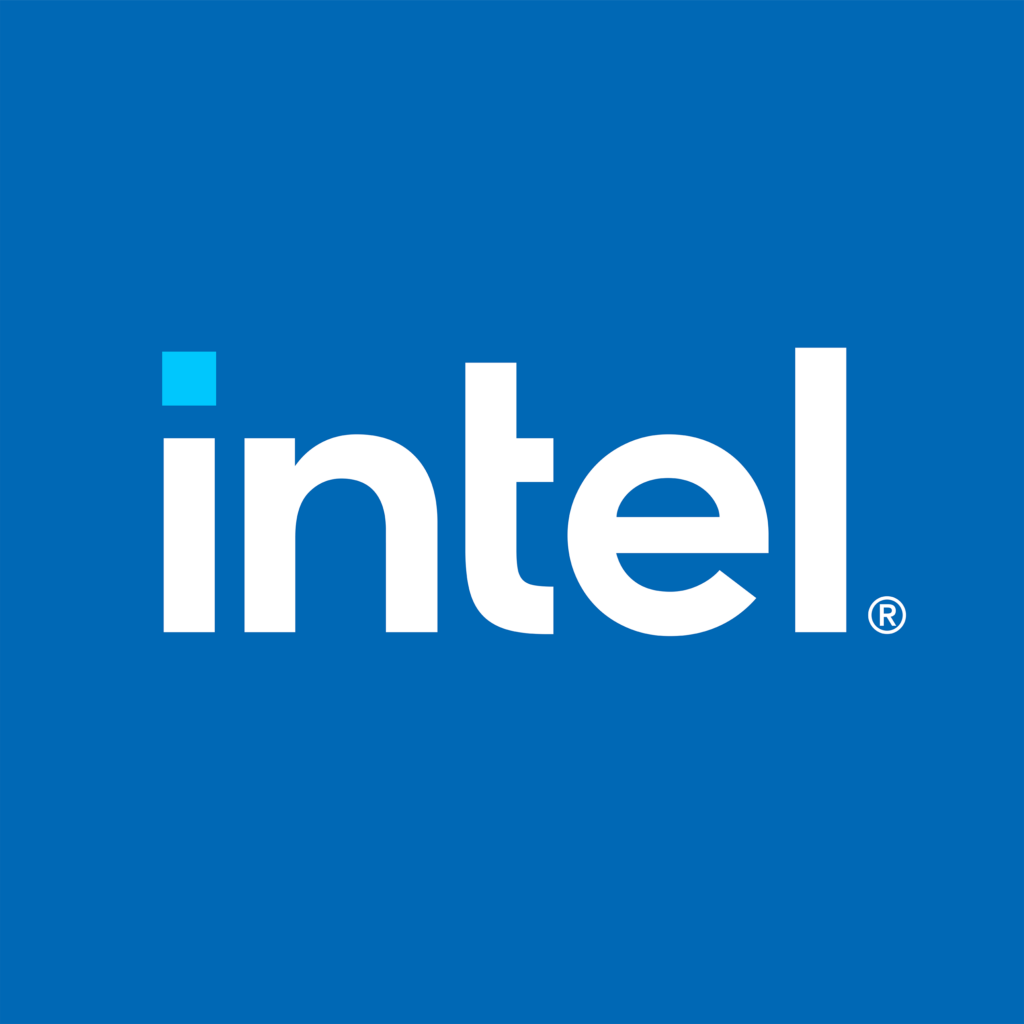Sales down, forecast down, revenue $18.4 billion—down 6.6% YoY.

Although Intel reported that its first-quarter results for 2022 were down, it beat Wall Street expectations on revenue and EPS. The company began shipping initial SKUs of its Sapphire Rapids to select customers and launched its Arc A-Series dGPUs and its newest Xeon D processors.
The company reorganized its reporting segments and added three emerging business segments: Accelerated Computing System and Graphics Group (AXG), Mobileye, and Intel’s Foundry Services (IFS).

“Q1 was a strong start to the year, exceeding expectations on both the top- and bottom line,” said Pat Gelsinger, Intel CEO. “With a $1 trillion market opportunity ahead of us, we remain laser focused on our IDM 2.0 strategy. We executed well against that strategy in Q1, delivering key product and technology milestones and announcing plans to expand our manufacturing capacity in both the US and Europe to meet the continued demand for semiconductors and drive a more balanced, resilient global supply chain.”

Intel’s Q1’22 business highlights were:
During the quarter, the Client Computing Group (CCG) saw continued adoption of 12th generation Alder Lake; the Alder Lake family now has more than 250 designs planned this year.
The Datacenter and AI Group (DCAI), which includes CPUs, domain-specific accelerators, FPGAs, and memory, designed for datacenter and hyperscale solutions, began shipping initial SKUs of Sapphire Rapids on Intel 7 to select customers. It also unveiled its new dual-track road map that utilizes both Intel’s performance and efficient cores to provide high-density, ultra-efficient compute for the cloud.
Network and Edge Group (NEX), which includes programmable platforms for connectivity and compute solutions for market segments such as cloud networking and communications networks, introduced the newest Xeon D processors and OpenVINO tool kit, which will continue to advance the software-defined network and edge.
AXG launched the Intel Arc A-Series GPUs for laptops. Alchemist, the first of these products, began shipping to customers this quarter.
Mobileye demonstrated its True Redundancy sensing system operating hands-free, a significant milestone in preparation for the debut of its planned robotaxi services in Israel and Germany.
IFS continued to make progress across technology, IP, and customer engagement, and, says Intel, now has over 30 test chips committed to Intel 16 this year. In the quarter, Intel announced its intent to acquire Tower Semiconductor, which is expected to accelerate IFS’s goal of becoming a globally diverse end-to-end foundry with one of the broadest portfolios of differentiated technology in the industry.
The company said it also made strides toward creating a balanced and resilient supply chain for semiconductor manufacturing with new investments announced in the US and Europe, along with the opening of the latest leading-edge research and development factory in Oregon.

Beginning in 2022, the company has broken out the financial results for its three emerging businesses; the Accelerated Computing System and Graphics Group (AXG) is of particular interest to JPR because it is the group that is producing Intel’s entry in discrete GPUs (dGPUs). Although the company has only been officially shipping dGPUs for one quarter, it has revealed the operating results for the AXG group for a full year, as shown in the following chart.

Intel previously announced several organizational changes to accelerate its execution and innovation by allowing it to capture growth in both large traditional markets and high-growth emerging markets. This includes the reorganization of Intel’s business units to capture this growth and provide increased transparency, focus, and accountability.

As a result of the company’s new reporting scheme, the firm modified its segment reporting to align to the previously announced business reorganization. All prior-period segment data has been retrospectively adjusted to reflect the way the company internally manages and monitors operating segment performance starting in fiscal-year 2022.

The company gave its outlook for Q2 as well.
Outlook
For Q2’22, the company expects revenue to be $18 billion, down 3% YoY. Gross margin will drop to 51%, down 8.8% YoY, and that will lower EPS to $0.70, down 49% YoY. For the full year of 2022, the company expects revenue to be up to $76 billion, 2% YoY. Gross margin should climb back up to 52%, and EPS to hit $3.60, down 32% YoY.
What do we think?
Intel has launched two major initiatives (AXG and IFS) and made Mobileye a separate group (it always was, in a way). Its investment in AXG is formable and unswerving, and it’s unlikely the company will see any profit from the group this year—that’s commitment, and you can visualize Intel as a very patient VC in that sense. Imagine what chance the AXG would have if it was a privately funded start-up, nothing close to what Intel has invested. But that investment, which we estimate at about $2.2 billion, has to be paid back or there will be yet another management sweep at Intel. If the AXG doesn’t start to show some honest profit (not profits due to accounting tricks and restatements) by Q4, we can’t imagine the company will continue to pour money into the operation. It is one thing to have a long-horizon investment policy, and another to be throwing good money after bad. Intel has been investing in AXG since 2018, time to see some results.






